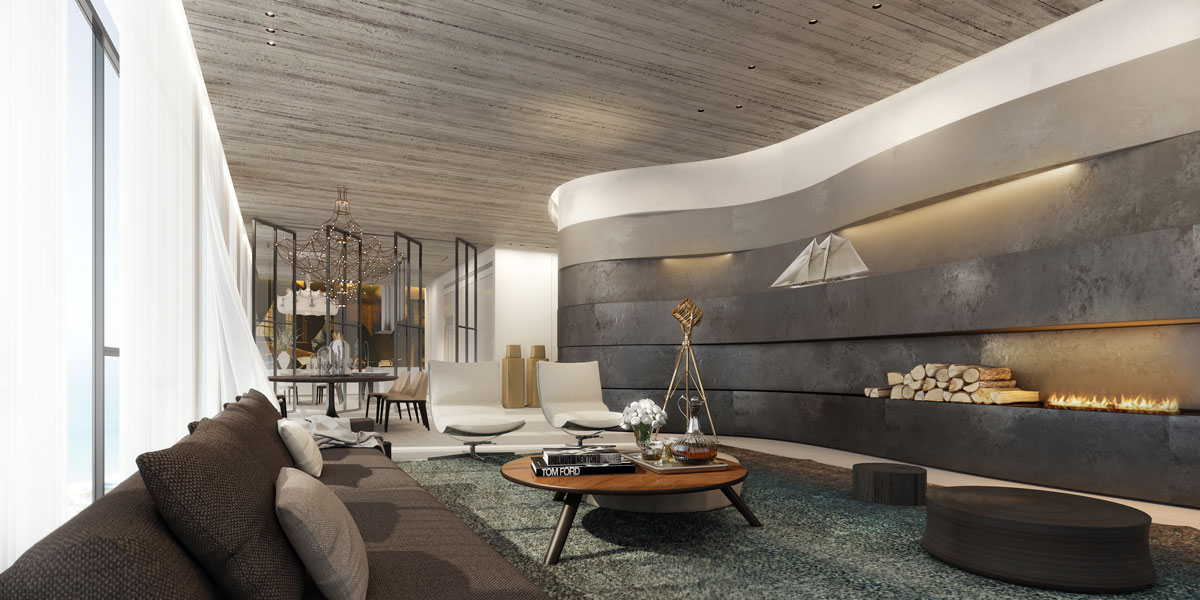The Four Areas of Architectural Interior Design
Image need not always be sacrificed for comfort, since there are plenty of excellent designs which manage to combine both. Heat can also be considered as part of the design, with effective use of space maximizing the comfort of employees whilst keeping lighting and heating bills low.
Failing to give any one of these four areas enough attention can wreak disaster further down the line, not to mention considerable expense. One of the biggest challenges in creating a new office space or reception area is to try to ensure that whilst plenty of people may be involved in the design and development, this doesn't result in different ideas conflicting or contrasting with each other in the final result. Having said that, if too few people are involved then it can easily become the case that the entire design is approached from one particular angle and this may not take into account other implications, needs or views.
Quite clearly the office as designed by an employee who has to sit at a desk all day would look quite different to that designed by the busy administrator or manager who has to deal with the people in the office, and different again to the corporate executives who would like to make sure that the office gives an excellent impression of the business to visiting customers and suppliers. Therefore, what are these particular factors that have to be considered and how is each one important in the overall architectural interior design process? The four design aspects to consider are appearance, comfort, economy and efficiency. Let's take a look at what each of these means and implies.
The first factor of successful interior design is appearance: an office space must look attractive and inspire those who enter it, in addition to giving an appearance of efficiency without ostentation. However, too many people assume that appearance is primarily for the benefit of visitors, clients and customers, ignoring the fact that employees have to work within the office, and that to create an attractive and pleasant environment in which employees can work is as important as the aesthetic appeal, if not more so.
With the right choice of colors, plenty of natural light, space in which to move yet leaving no space wasted, it can be possible to create an office or reception environment which ensures employees work to the best of their ability. It's also worth accepting the fact that in terms of recruitment and retention an unappealing or unattractive office space can result in a lack of moral and make employees feel undervalued, thereby reducing their work efficiency and a possible high employee turnover. A good architectural design will also maximize on the available natural light, using it to best advantage, but will also take into account the three other aspects of successful design.
The second factor to consider is the comfort of those working within the environment. This covers a multitude of elements, and must take on board not merely the physical comfort of employees, but also the peripheral issues that can be overlooked such as noise and heat, not to mention statutory obligations under the various health and safety regulations governing workstations and ergonomics. Physical comfort is predominantly governed by the choice of furniture, and whilst this will form a part of the remit given to the architect, in many cases the management have a large say in this.
Image need not always be sacrificed for comfort, since there are plenty of excellent designs which manage to combine both. However, far and away the most crucial aspect will be the ergonomical comfort of those who will work in the office space in future. But there are other issues relating to comfort which can be massively influenced by the architectural interior design. This can involve the use of light, with poor designs resulting in either very sharp, bright points of light, strong and distracting reflections in many of the screens or monitors, or dim, highly diffused lighting which makes it hard to see clearly. Ambience is one thing, but working in the dark is quite another.
Similarly, natural light is excellent, but trying to stare into a monitor in which the sun is blossoming brightly from nine to five is not good for the eyesight or for headaches. Heat can also be considered as part of the design, with effective use of space maximizing the comfort of employees whilst keeping lighting and heating bills low.
This forms part of the third major factor - economy. A good office design will help to minimize fuel costs, including heating and lighting, without sacrificing on comfort or appearance. Finally, there is the issue of efficiency. A good architectural interior design should aim to create layouts which maximize efficiency, such as ensuring that key service areas are easily accessible, that the overall shape of the space isn't so dynamic as to result in a labyrinth of desks and objects.



0 Response to "The Four Areas of Architectural Interior Design"
Post a Comment